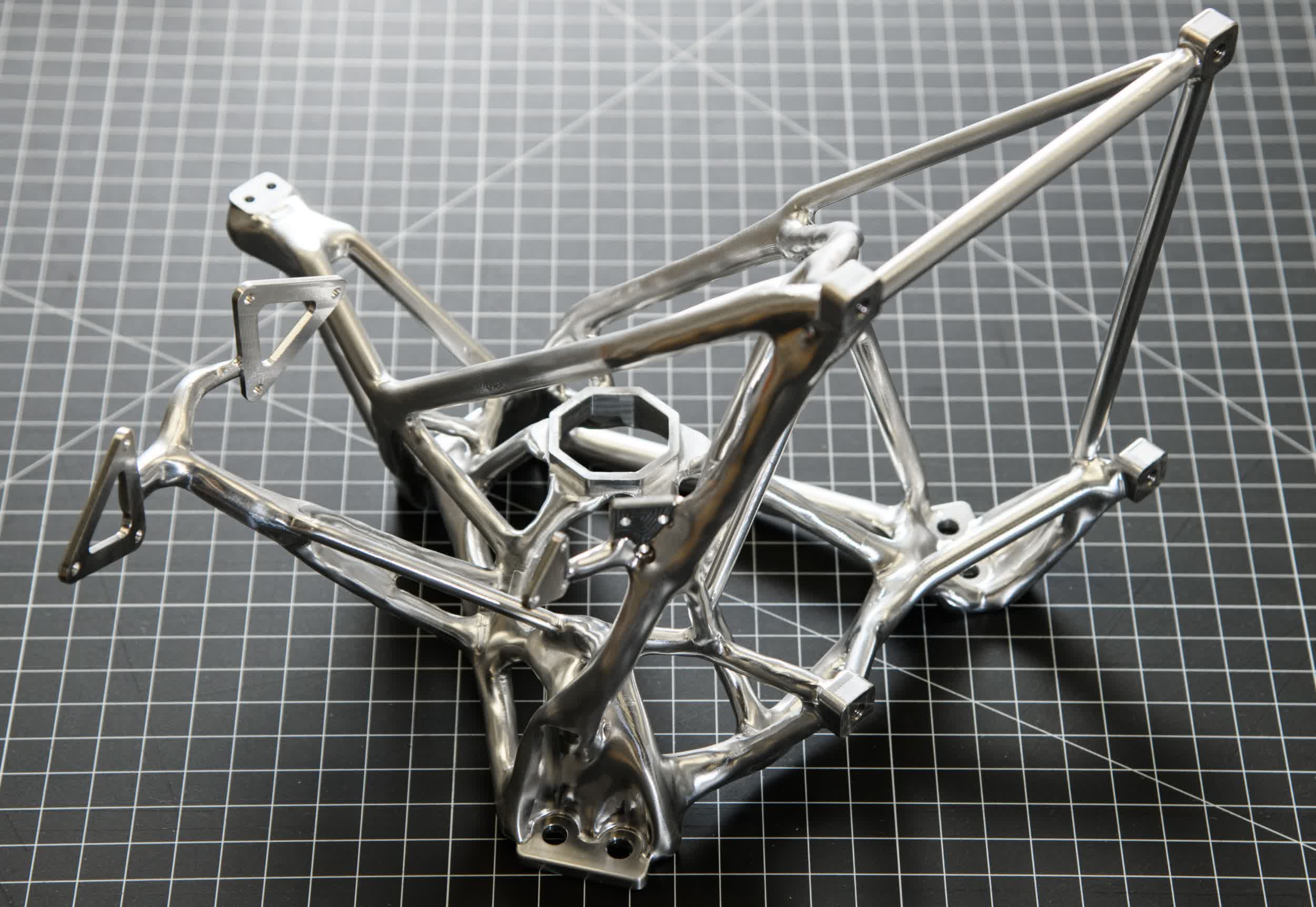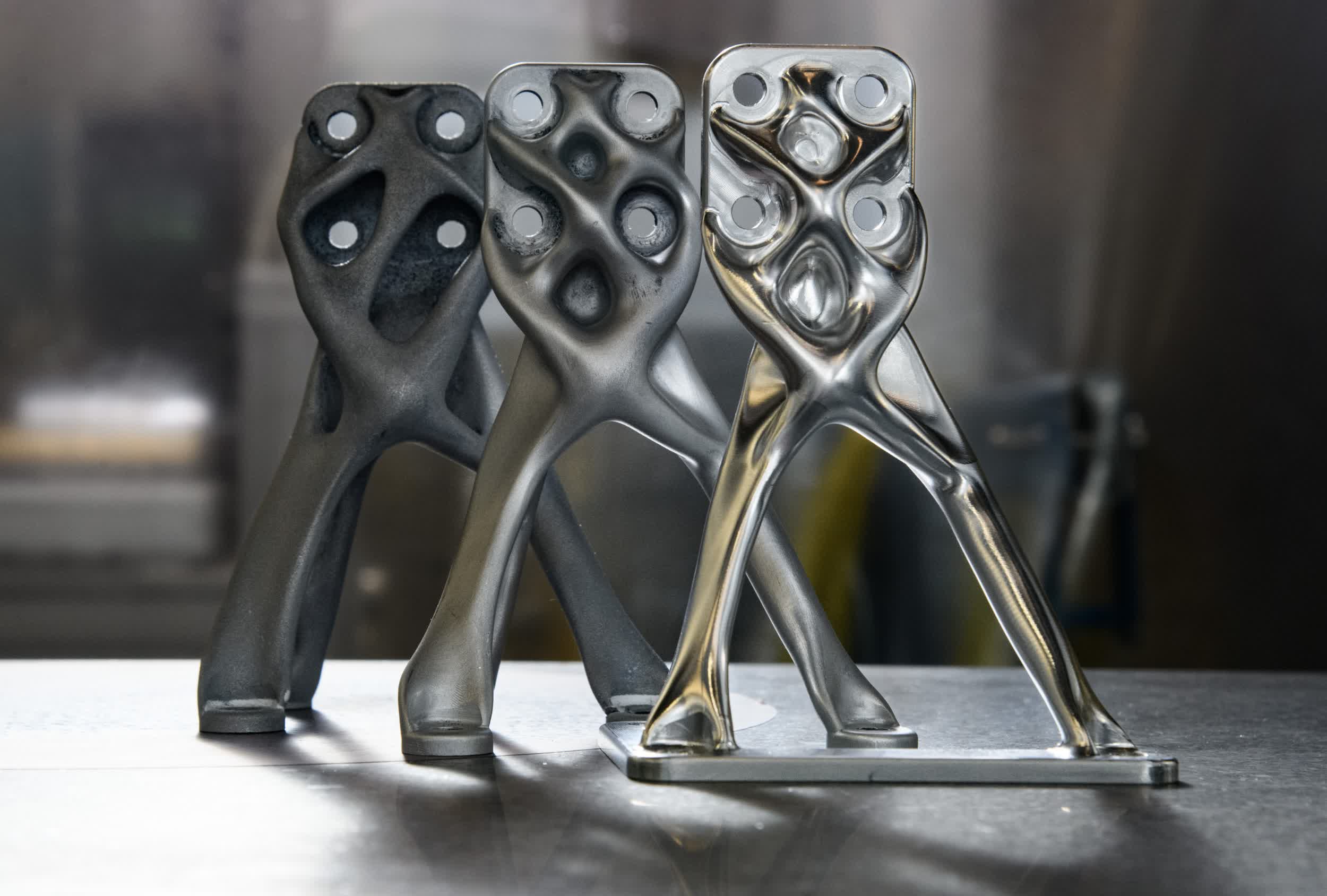In brief: To create the weird looking hardware, a CAD specialist reviews a mission's requirements and draws in surfaces where the part will need to connect to a spacecraft or other hardware. The CAD operator also blocks out paths required for instruments like lasers or sensors and ensures there is enough room for a technician to assist with alignment and assembly.

We are only a month and a half into 2023 and it's already proving to be a breakout year for artificial intelligence. Following the early success of AI art generators like Stable Diffusion and Midjourney, we are now seeing big tech get behind AI-powered chatbots.
NASA, meanwhile, has been using AI to help it design bespoke hardware for a while now.
Ryan McClelland, a research engineer with NASA, helped pioneer the agency's use of one-off parts using commercially available AI. The resulting hardware, which McClelland has dubbed "evolved structures," looks a bit alien even by his own admission. "But once you see them in function, it really makes sense," he added.

(McClelland designed this aluminum scaffold for the back of the EXCITE telescope, which is planned to make a test flight as early as fall of 2023. The curved, criss-crossed reinforcing structures were designed to resist significant off-centered forces.)
AI designs are subject to NASA's standard validation processes to help identify potential failure points. Once a blueprint has been given the green light, it is passed on to a commercial vendor for milling.
Bespoke components can be up to two-thirds the weight of traditionally made hardware and have a much faster turnaround time. The entire process – from design and analysis to fabrication and delivery – can be completed in as little as one week. Parts generated by algorithms are also much stronger than traditional hardware. In some instances, the stress factors are almost 10 times lower than parts designed by humans.
Evolved structures have already been used in a variety of NASA missions including space telescopes, planetary instruments, Earth-atmosphere scanners and the Mars sample return mission.
Image credit: Henry Dennis
https://www.techspot.com/news/97634-nasa-using-ai-design-alien-looking-mission-hardware.html